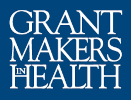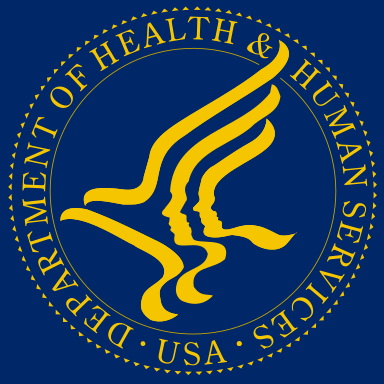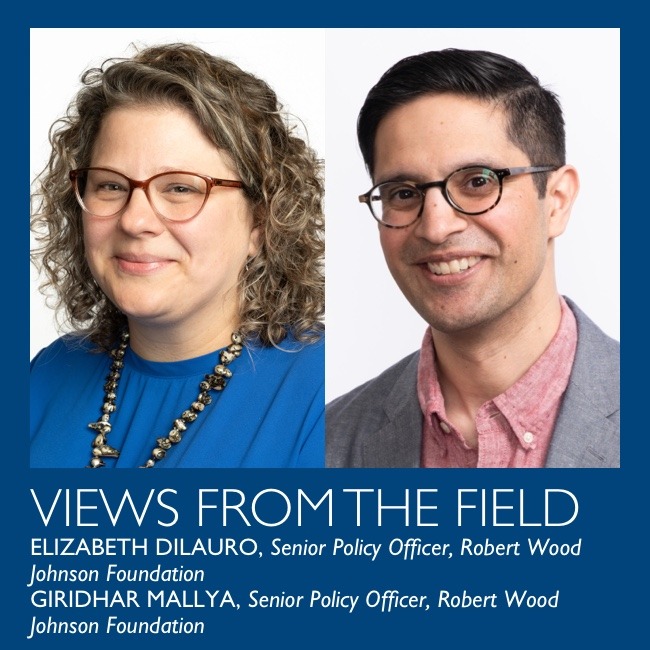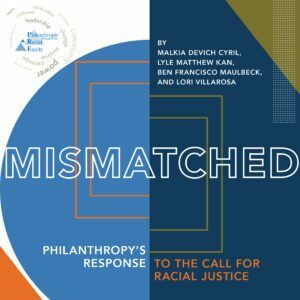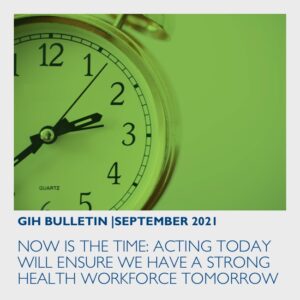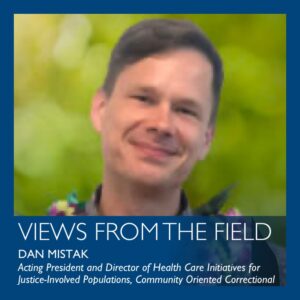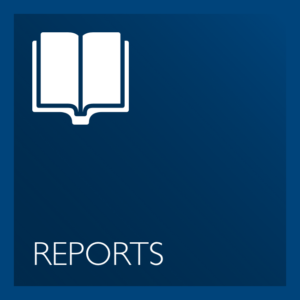Make Our Children Healthy Again Strategy Report
This resource provides an overview of the Department of Health and Human Services report on children’s health released on September 9, 2025.
Department of Health and Human Services Reorganization and Reductions: Explaining the State of Play
This issue brief provides an overview of the current status of the reorganization and Reductions in Force (RIF) at the Department of Health and Human Services (HHS) to help funders understand the impact on their work and engage in the current policy landscape.
Now is the Time: Acting Today Will Ensure We Have A Strong Health Workforce Tomorrow
The need to develop and implement a comprehensive integrated plan to address our health workforce grows stronger every day. As some communities experience their highest COVID-19 case rate since the start of the pandemic, with providers and public health workers stretched to the breaking point, we must also devote time and resources to ensure that we have a highly trained, diverse health care and public health workforce to meet our future health needs.
Philanthropy @ Work – Transitions – September 2021
The latest on transitions from the field.
Early Childhood Funders Collaborative: September 2021
Early Childhood Funders Collaborative (ECFC) developed the Championing Equity for Children in Our Communities Toolkit which will help funders understand the makeup of their communities and in turn, provide greater support for the children in immigrant families who comprise them.
